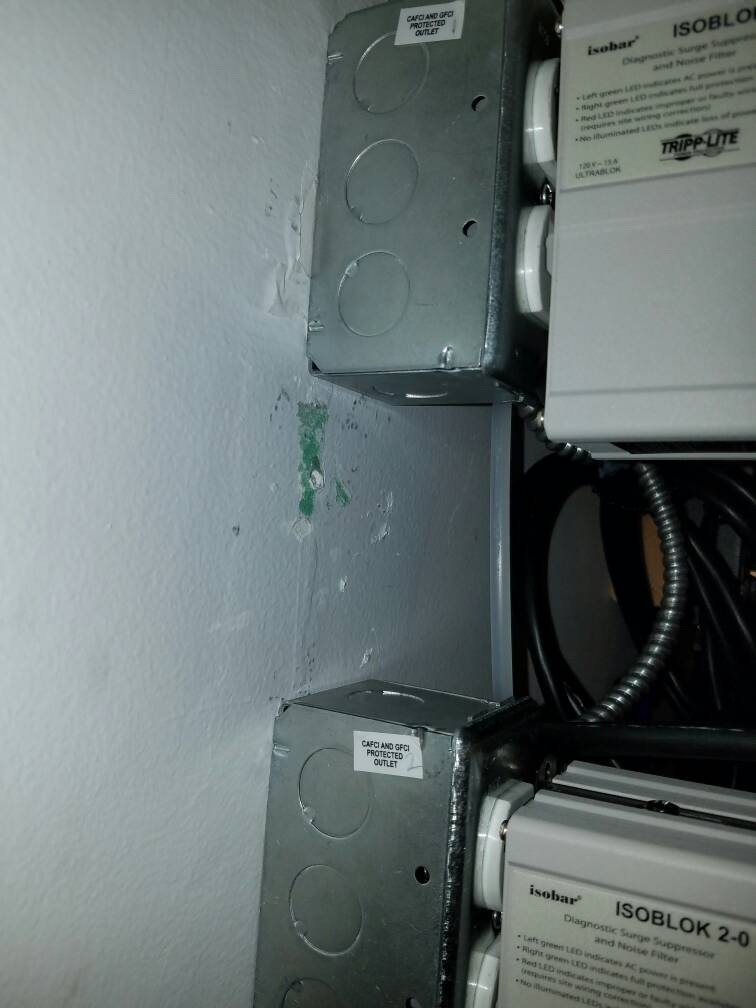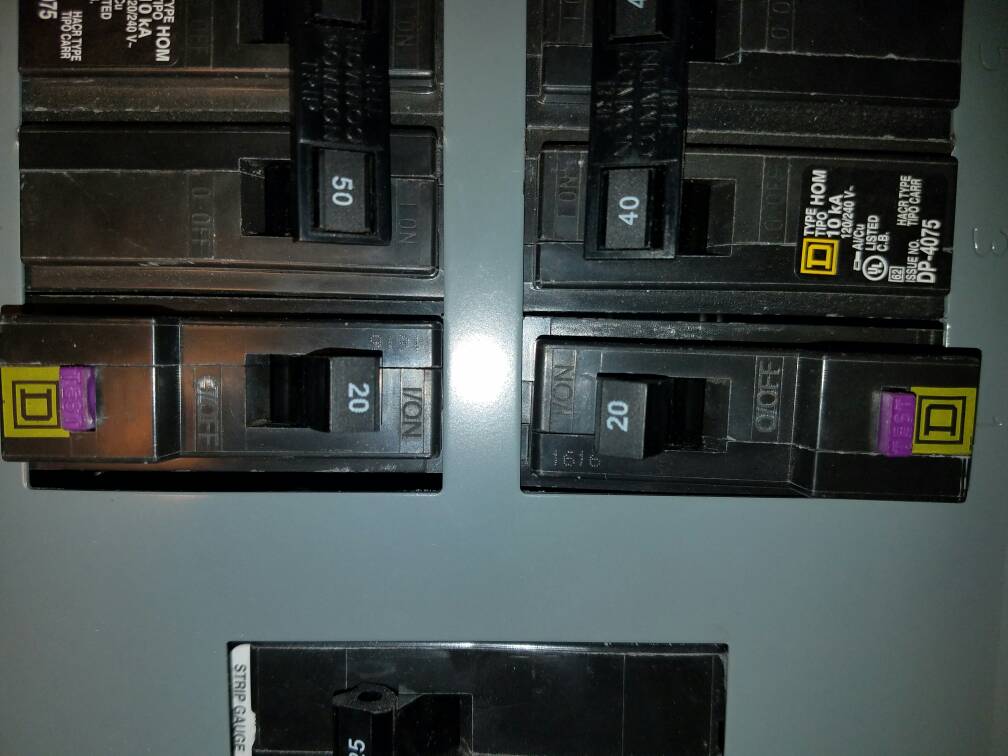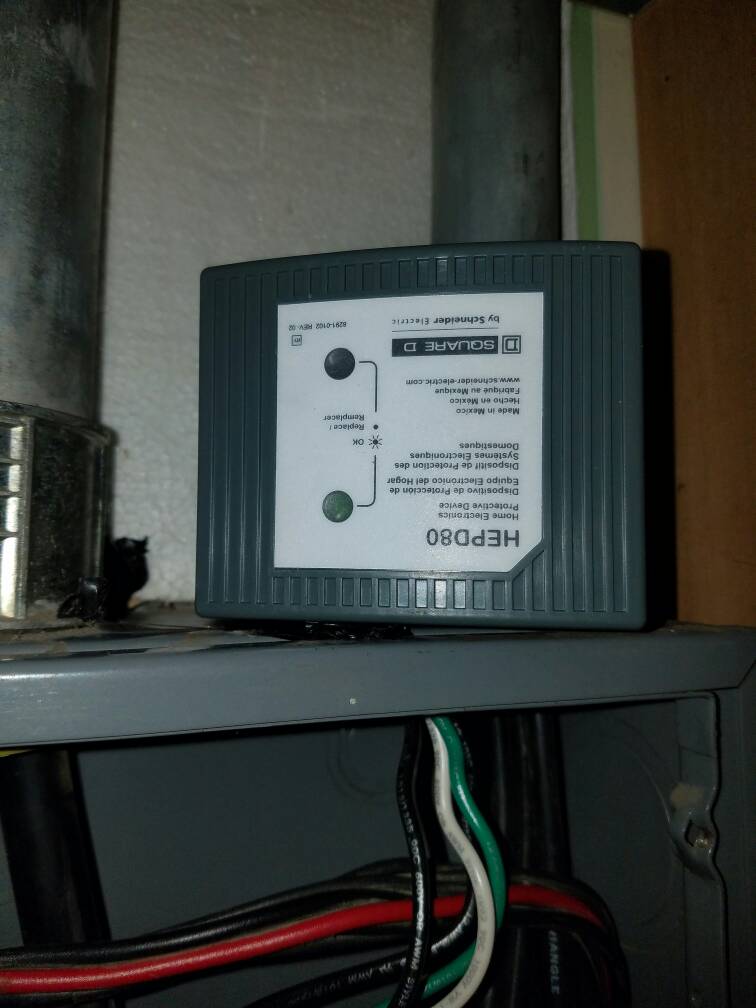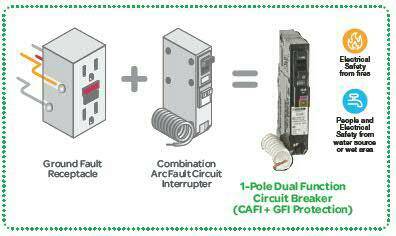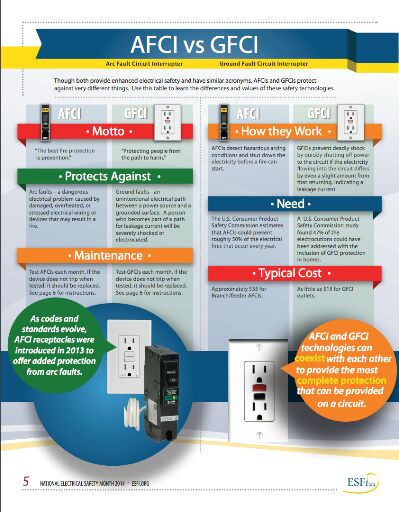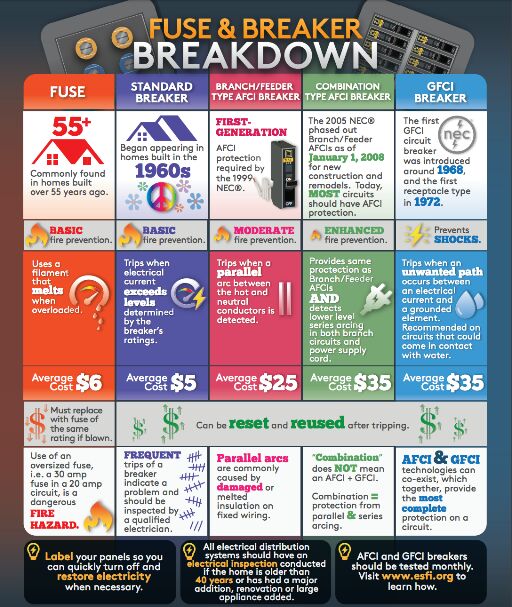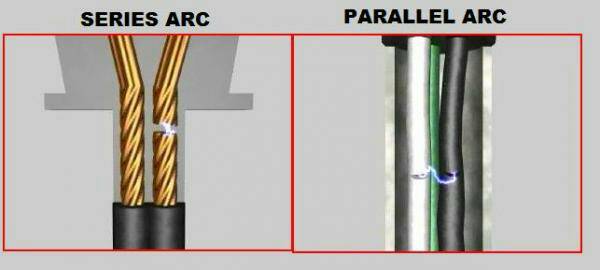Before setting up my aquarium, I wanted to see what all was on the circuit with the outlet I'm planning to use for everything. The outlet is connected to the GFI protected strip of outlets in my kitchen...kind of crazy wiring since the outlet I'm planning on using is in a dining room NOT directly connected to the kitchen! I'm concerned with tripping the 15amp breaker with the aquarium stuff AND the kitchen outlets!
So, I'm going to run another line from the outlet to the electrical box with a dedicated 20amp breaker. From everyone's experience...will this single, dedicated 20amp line be sufficient for everything I will want to use in a 75g aquarium system...expecting expansion down the road as I progress with the hobby?
FYI...I will be installing a GFI outlet as well for protection.
So, I'm going to run another line from the outlet to the electrical box with a dedicated 20amp breaker. From everyone's experience...will this single, dedicated 20amp line be sufficient for everything I will want to use in a 75g aquarium system...expecting expansion down the road as I progress with the hobby?
FYI...I will be installing a GFI outlet as well for protection.





